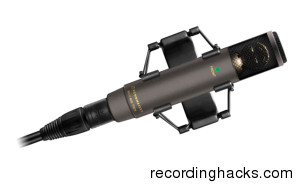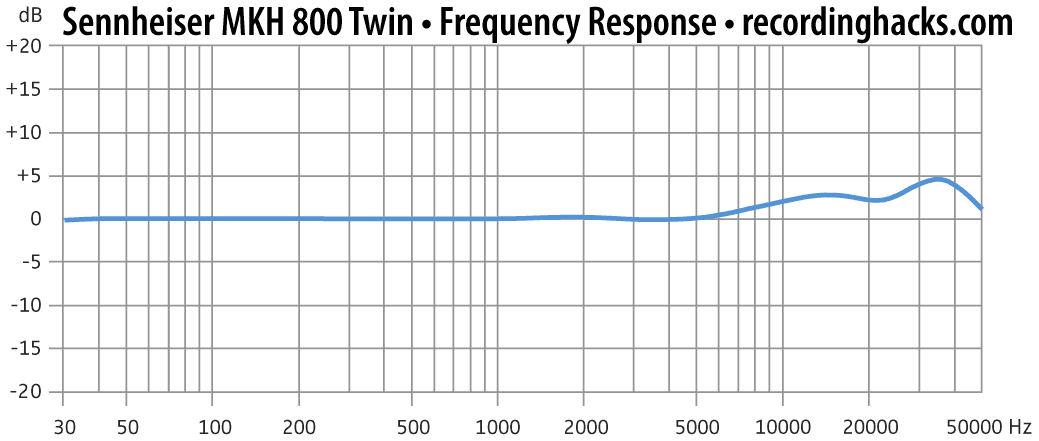
Once in a while, I can't help but keel over and drool all over myself in awe of a piece of equipment which has caught my attention. Introducing the sleek, sexy and flexible MKH-800 TWIN. Hubba hubba.
A lot of mics work with selectable polarity patterns, which is an indispensable tool when you have a very specific tone/application in mind. You want to hear only one side of the room? Go cardioid (and place it accordingly, yo). You want to capture dialog for film, go up-close and personnal with your talent's mouth with a hyper-cardioid mic (you know you want to). You like a good room tone to harmonize your song mix? Omni and figure-8 are your friends. And if you're feeling kind of kinky, try a MS-style setup using a mix of figure-8 and directional. Anything goes, but you're usually limited by each microphone's available patterns (most will have one or two, maybe three). And what you capture going to tape is usually limited to what you decided to leave out when you picked your polar pattern. Anything short of omnidirectionnal will necessarily cut something out and leave you to work with it.
I've worked with the regular MKH 800 in-studio and let me tell you, it's one heck of a flat mic. Except for that alpha-plus-plus gentle peak starting at 6kHz, all frequencies are born equal when passing through the 800. End-result is moderately 'brighter', but that's actually a great asset when you're recording voiceover. Everything else is just crystal clear say-it-like-it-is, nearly-uncoloured audio.
And I mean... just look at this response curve... Yum :Þ

I'll fess up to my little Sennheiser fetish, but you have to admit this stuff is teh sex.
The thing with expensive high-end mics usually is that they tend to be highly specialized (ever use a Telefunken M12 on a bass drum? So what if it can handle the SPL? How about you save it for the overheads instead, kthxbye). At this kind of price tag, you'll want to have a few justifiable reasons to own each one. But the TWIN completely destroys that notion as it offers incredible flexibility.
Instead of featuring a built-in selector, the TWIN sends a stereo signal to your DAW, then you control it by simply muting, fading, panning, inverting the phase and whatnot. This means you can re-create polar patterns AFTER recording, and still keep your unmodified signal ready to use if you ever change your mind and want to go back without having to record again. It's almost like cheating, only not. This approach allows you to fake all the known patterns in the book and everything in between...
...and all that from a single high-quality RF condenser mic.
I'm sold.
This marks a change in mentalities, really: a move to the 'real' digital era with a lot more interaction between your gear and software. You have a shorter, stockier mic without switches or buttons on the body ( = better overall capsule insulation. Sure you can call me paranoid.) that works just perfectly if you know what to do it. And it's hella forgiving to use: when you have access to just about any tweak needed software-side, the only thing left to worry about is mic placement (don't get lazy on this).

No comments:
Post a Comment